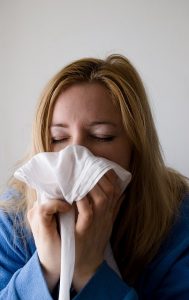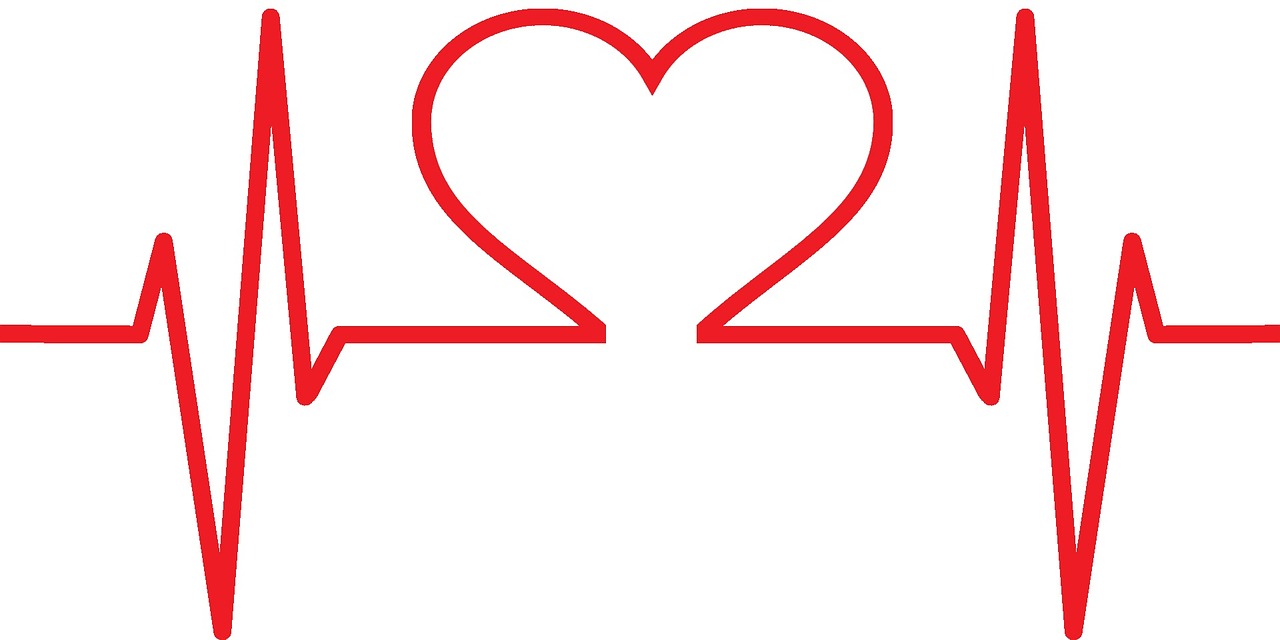
The winter months are notorious for bringing sickness. Flu season begins in October and ramps up into December. Colds are also more common during the winter months. Read on for tips on keeping yourself and your family healthy this winter.
Why Are Sicknesses More Common in Winter?
Viruses transmit more effectively in cold and dry weather, increasing your chances of coming into contact with sickness. Additionally, as cold weather drives people indoors, you’re more likely to be in close contact with someone who isn’t feeling well.
How Can I Stay Healthy in Winter?
You’re less likely to fall ill when your body is well-taken care of. Some of the best things you can do to keep yourself healthy in winter are to adopt good self-care practices, such as:
- Exercising regularly
- Getting a full night’s rest
- Eating nutrient-rich foods
Additional tips to avoid catching an illness from others include:
- Avoid close contact with people who are sick.
- Get a flu vaccine.
- Wash your hands often.
- Avoid touching your eyes, nose and mouth.
- Clean frequently touched objects and surfaces.
How Can I Stop From Infecting Others?
No matter how careful you are, sickness happens. When you aren’t feeling well, consider these tips to prevent yourself from passing on your illness:
- Cover your mouth and nose when coughing or sneezing.
- Don’t go to school or work if you aren’t feeling well.
- If you have a fever, stay home for 24 hours unless seeking medical care.
The winter months may inevitably bring illness. Keep these tips in mind to help prevent getting or spreading sickness. For further guidance, contact your doctor today. Also, many health insurance plans include no cost of low cost annual immunizations for common illnesses.



 It’s that time of year again. The leaves are changing, the temperature is getting cooler, and you’re doing everything you can to avoid the flu. No one enjoys being sick, but some of us are more prone to sickness than others. Knowing where you are most likely to come into contact with germs and what you can do to prevent sickness are key for this fall season.
It’s that time of year again. The leaves are changing, the temperature is getting cooler, and you’re doing everything you can to avoid the flu. No one enjoys being sick, but some of us are more prone to sickness than others. Knowing where you are most likely to come into contact with germs and what you can do to prevent sickness are key for this fall season. 












